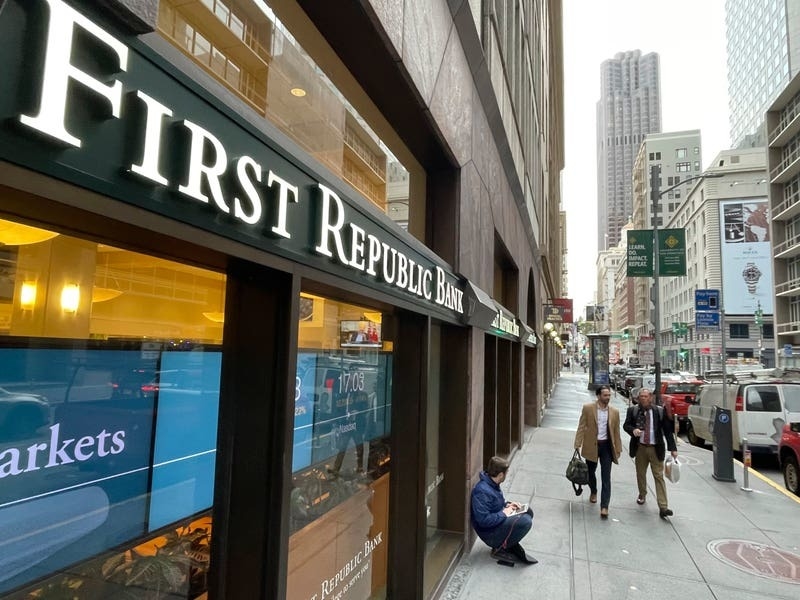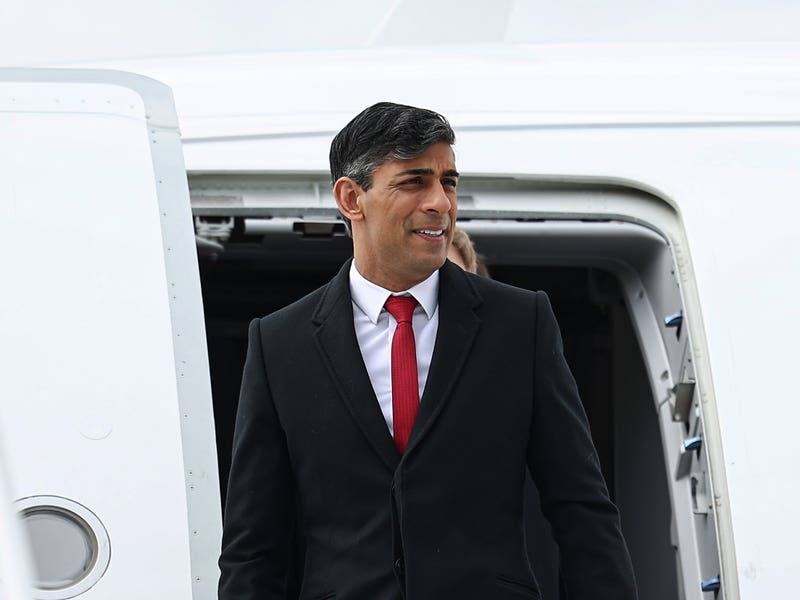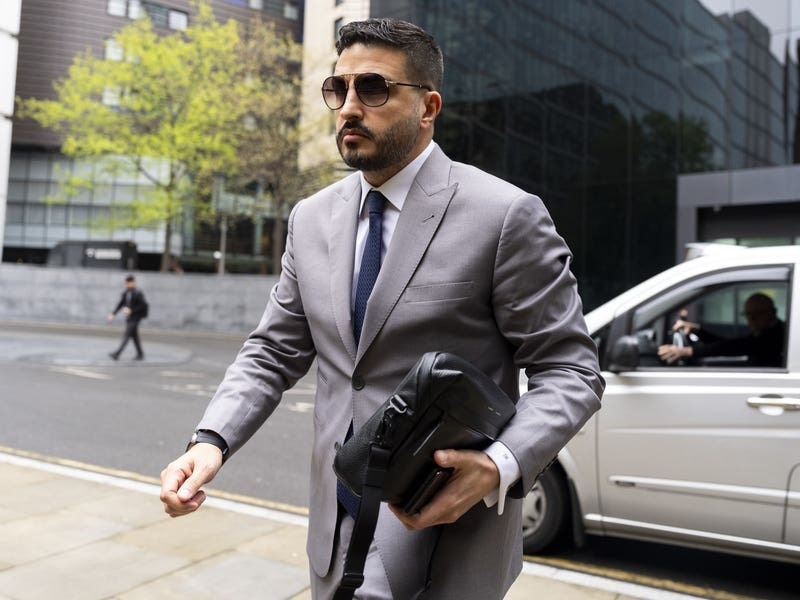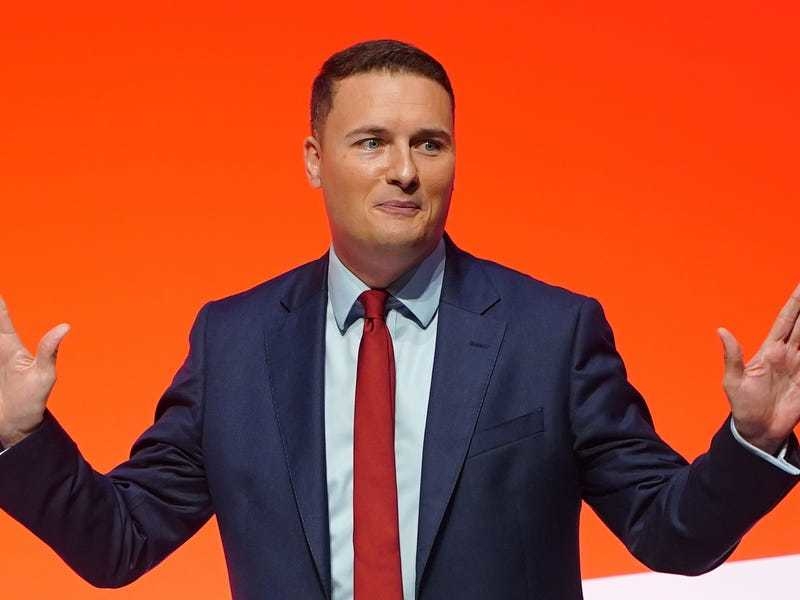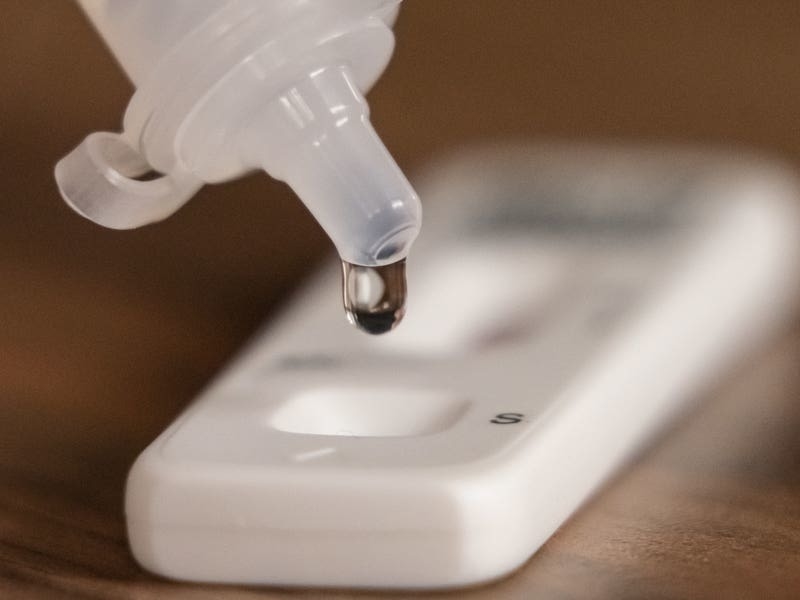First Republic Bank has become the second large US regional bank with assets over 200 billion dollars (£160 billion) to fail in just a few weeks.
Like Silicon Valley Bank, which was seized by the government on March 10, First Republic catered to a wealthy clientele, which helped it grow deposits rapidly but may have also contributed to its undoing. The bank’s business model left it susceptible to a sudden rise in interest rates.
Since the collapse of Silicon Valley Bank – and Signature Bank the same weekend – investors have wondered who is next. First Republic quickly rose to the top of that list, but investors and analysts worried about banks such as Comerica and KeyCorp, which also had large numbers of accounts with deposits above the federally insured level of 250,000 dollars (£200,000).
Here are some things to know about the collapse of First Republic Bank.
– Why did First Republic fail?

Many of the bank’s accounts had deposits well north of the federally insured 250,000 dollars. Once Silicon Valley Bank went under, clients pulled their money, fearful their deposits were in danger. First Republic said last week that depositors had withdrawn more than 100 billion dollars (£80 billion), most of it during a few days in mid-March.
“Too many (First Republic) customers showed their true loyalties were to their own fears,” wrote Timothy Coffey, an analyst with Janney Montgomery Scott, in a note to investors.
What is more, the large loans on First Republic’s books dropped in value as the Federal Reserve rapidly raised interest rates last year. So, if the bank tried to sell the loans to raise capital, it would do so at a loss. Similar circumstances had doomed Silicon Valley Bank.
First Republic planned to sell off unprofitable assets, including low interest mortgages that it provided to wealthy clients. It also announced plans to lay off up to a quarter of its workforce, which totalled about 7,200 employees in late 2022. But those plans were seen as too little too late by analysts.
By the middle of last week, it became clear government intervention in First Republic was necessary. Treasury officials asked banks to submit bids for First Republic, and bankers and regulators worked through the weekend to find a way forward.
– Which bank or banks are next?

Other midsize banks suffered large withdrawals of deposits and were forced to borrow from federal programmes to shore up their balance sheets, but none were hit as hard as First Republic.
For example, Comerica, based in Dallas, said deposits fell by 3.7 billion dollars (£2.97 billion) after March 9 and the company borrowed 13 billion dollars (£10.4 billion) from federal programmes “to provide a buffer in excess of normal operating levels”. Still the company earned 324 million dollars (£259 million) in the first quarter, down slightly from the fourth quarter, but up from 189 million dollars (£151 million) in the year-ago quarter.
Comerica shares dropped 37% in the week after Silicon Valley Bank failed, but have remained steady since. On Monday, the shares slipped almost 2%.
Shares of most midsize banks fell on Monday, but the drops were moderate compared with the steep double-digit losses for many of them on March 13.
The trading “suggests little or no spillovers – consistent with the notion that there is no surprise” with the seizure of First Republic, said Krishna Guha at Evercore ISI.
– What happens to First Republic stockholders?

JPMorgan Chase, which has agreed to buy the deposits and most of the assets of First Republic, stressed that it is not assuming any of First Republic’s corporate debt or preferred stocks.
After a bank’s failure, bondholders are among the last to get paid – stockholders are at the very end of the line. The Federal Deposit Insurance Corporation does not give estimates on how likely any creditor is to get repaid.
But the agency did say that its deposit insurance fund, which banks pay into, could take a 13 billion dollar estimated loss as a result of First Republic’s failure.
While conditions could change over time, that probably leaves nothing left over for investors to recoup. Stockholders at Silicon Valley Bank and Signature were wiped out.
The outcome was just fine with one interested observer.
“While depositors are being protected, shareholders are losing their investments,” said President Joe Biden during a Rose Garden event focused on small businesses, when asked about the bank seizure. “Critically, taxpayers are not the ones who are on the hook.”

